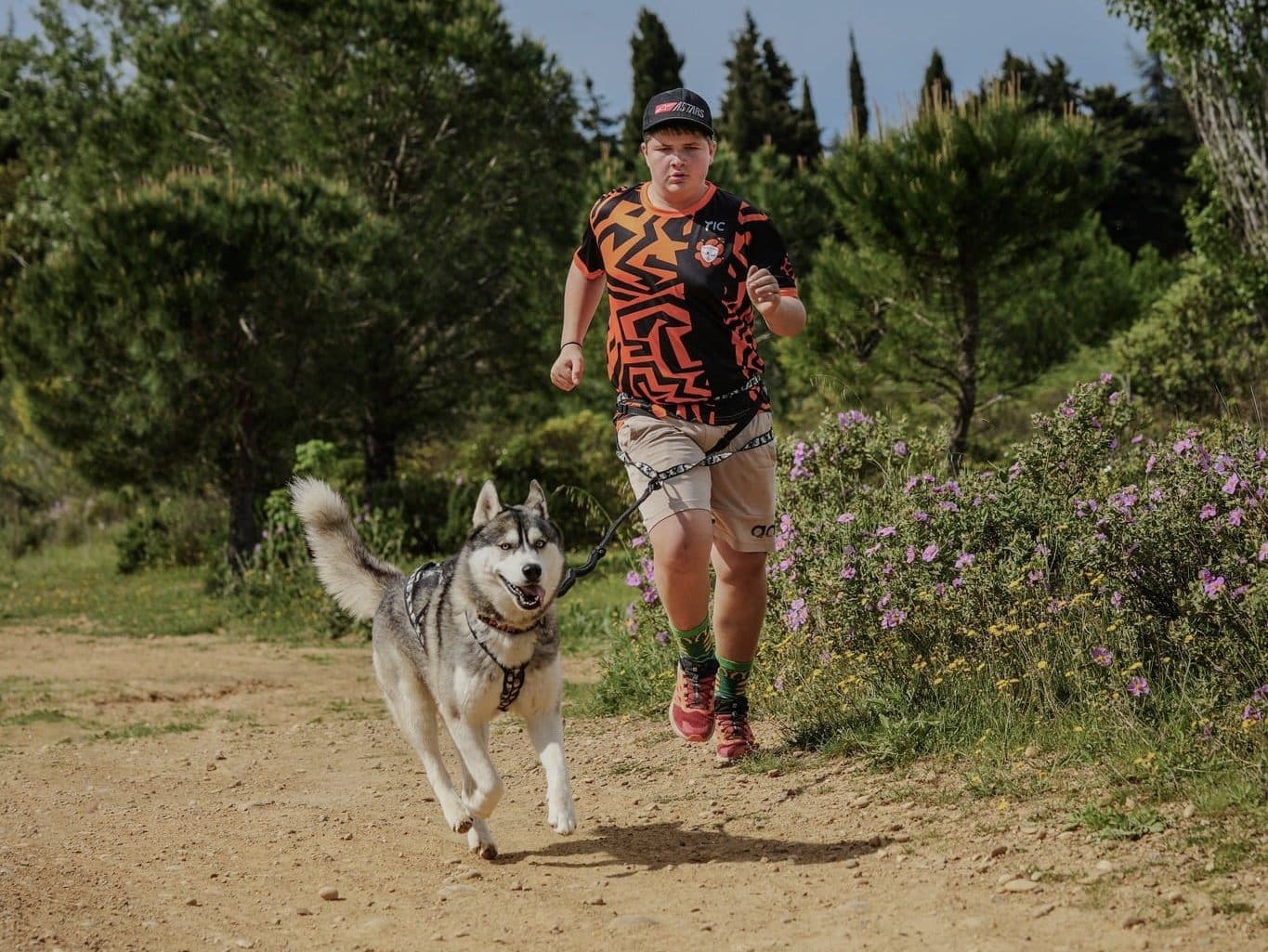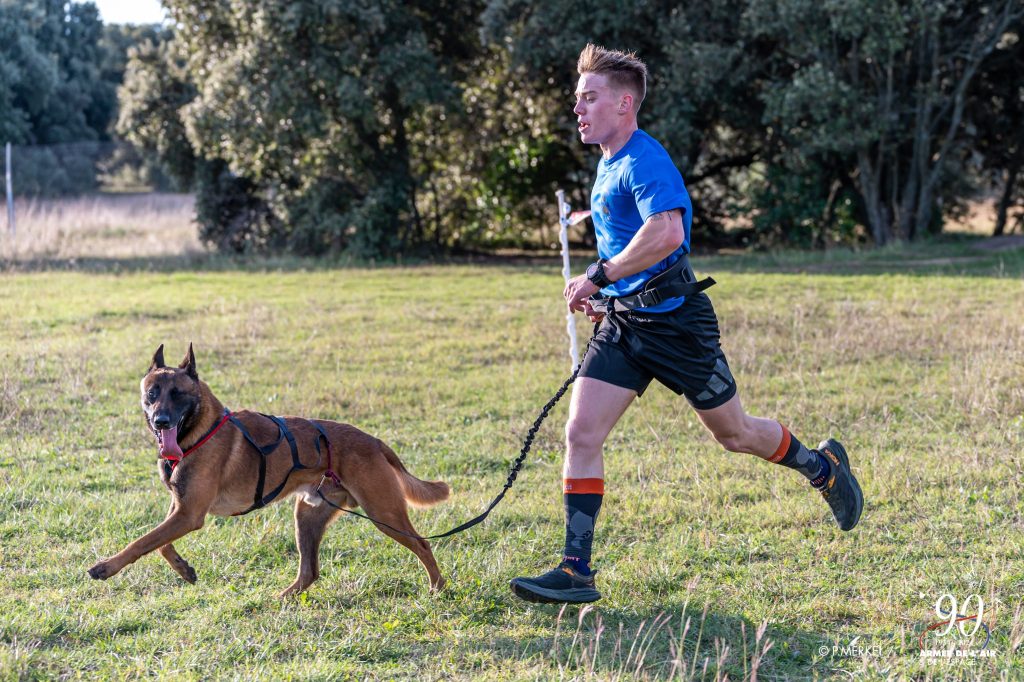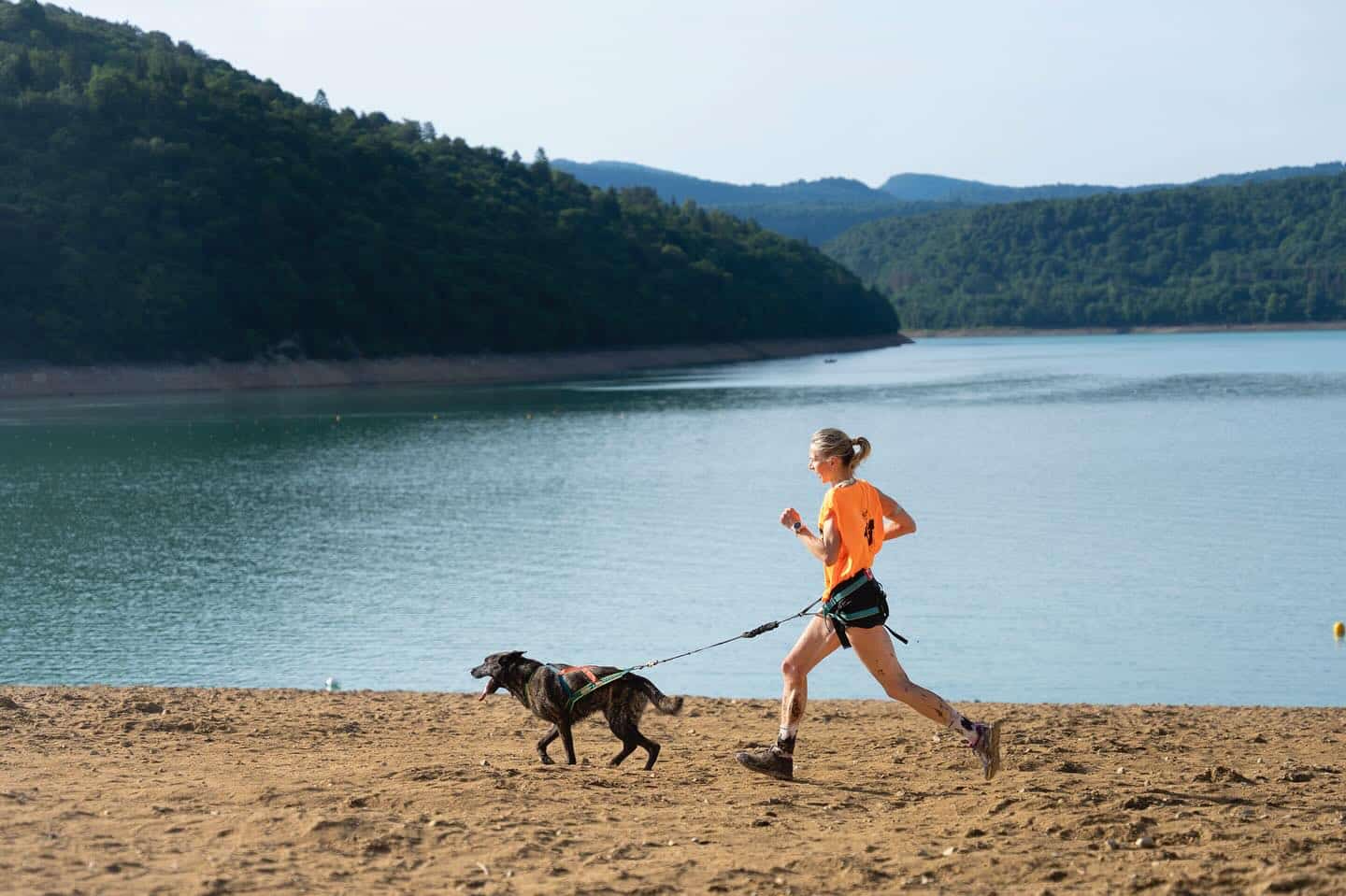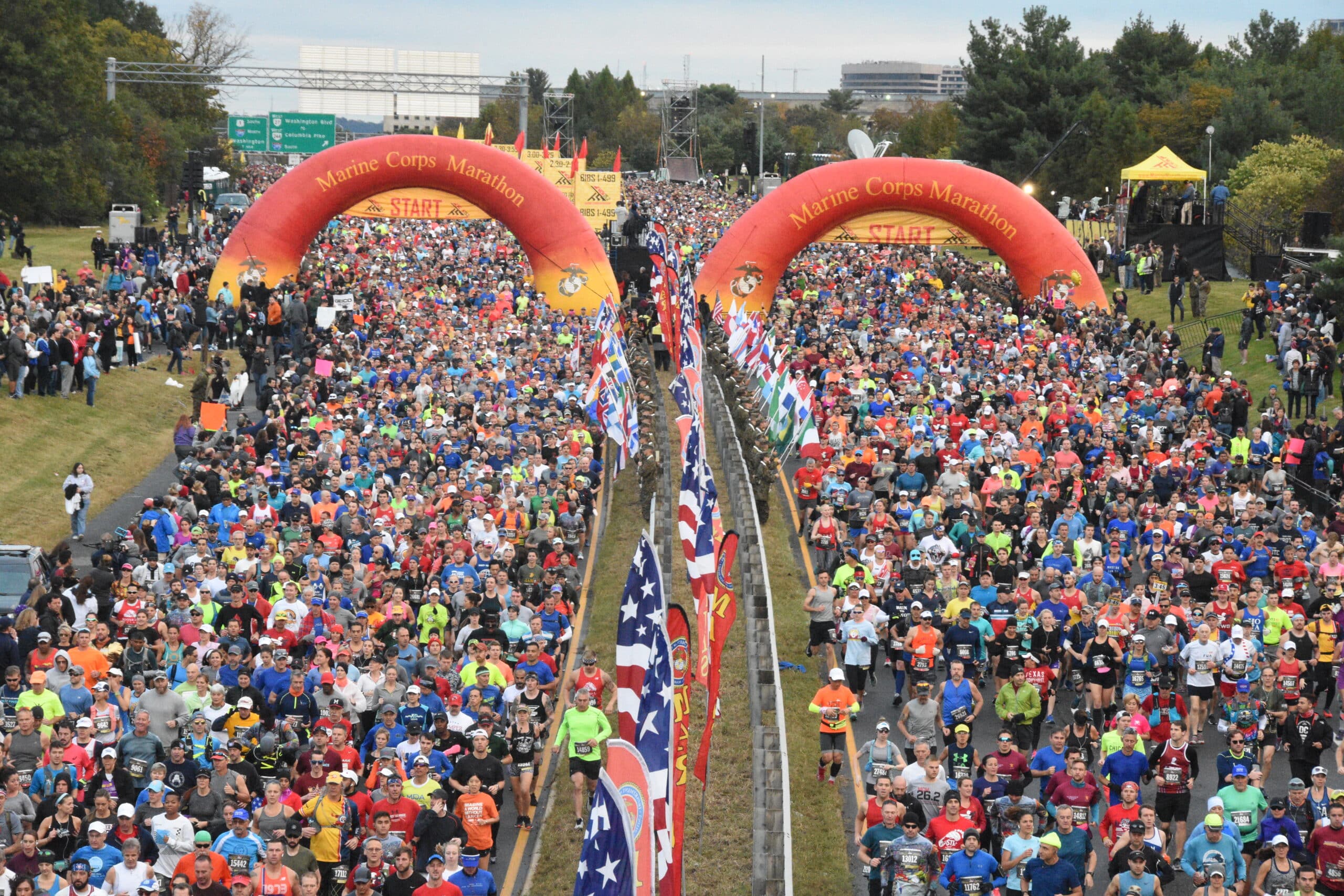Running with a Dog: The Top 10 Canine Companions for Sports
They call him man’s best friend. Devoted, loyal, and affectionate, dogs have adapted to human life for millennia. While many of us may no longer need them for protection or help in hunting food, dogs remain cherished companions that accompany us in our activities, especially sports. Let’s take a closer look at the dogs that can become the perfect partners for our jogging sessions.
“GAYA. Boullie, Winnie, or Nini… My beloved dog. You were there for fourteen years. Every morning, every run, every training session. You were part of my routine, my discipline, my strength. As soon as I put on my running shoes, your eyes sparkled. You would fetch your collar. You knew. You wanted to be there. Mascot of the CREPS of Font-Romeu, the only dog allowed on the track. Because you were respectful, calm, discreet… and loved by all. You shared laps with Mo Farah, Mahiedine Mekhissi, Jimmy Gressier, Mehdi Baala, and Bob Tahri… You followed them. You followed me. You were part of the scene, at the heart of this sport.” With these moving words, Yoann Kowal, middle-distance specialist and European champion in the 3000 meters steeplechase in 2014, reminisces about his dog Gaya, who passed away last May 21st, in a touching social media post.
This heartfelt message shows the deep bond that can form between a human and their pet, and the connection they forge when sharing a common activity, such as sports. Indeed, dogs are the ideal running partners. They are always eager to move and accompany their human (a preferred term over “master,” which implies dominance). Contrary to popular belief, all dog breeds can participate in sporting activities. While Spitz and Chihuahuas might be relegated to fancy handbags, and Malinois and German Shepherds are often seen as police and guard dogs, this categorization is far too limited. In reality, dogs are capable of a wide range of tasks, regardless of breed. So what about running? Is running exclusive to Border Collies and Pointers, or can Poodles and Cavalier King Charles join in too? Let’s find out more!

| Bonding comes first
Before listing the most athletic dog breeds, it’s essential to highlight one crucial point: a dog will only want to run with their human if the shared moment is enjoyable for them. To ensure both partners enjoy the outing, it’s important to create a genuine bond and understanding with the dog. Over time, each becomes attuned to the other, moving seamlessly together. This is particularly true for activities like canicross, where a specific leash is used to connect the dog to the runner, allowing the dog to pull forward.
Once a dog finds joy in accompanying their human on a run, any breed can partake without issue. One simply needs to adapt the terrain, distance, and duration to the dog’s specific traits. Of course, if you aim to compete in canicross and perform well, you might not choose a Yorkshire Terrier as your teammate, but rather a Pointer!
| Key precautions
Indeed, the suspense builds as we withhold the top 10 list of dogs that will joyfully accompany you on your next run! But before leaving you eager for a list of sporty dogs, some fundamental precautions need mentioning.
➜ There’s specific gear for running with a dog. In canicross, a harness for the dog, an elastic-leash, and a belt for the human are used. For a simple jog with a dog, a regular leash and a harness (more comfortable than a collar) will suffice. Don’t forget to bring water for your dog if the route doesn’t offer natural sources. Dogs don’t sweat like we do: they regulate body temperature by panting and cooling through their paw pads (hence the advantage of routes with streams where the dog can wet their paws).
➜ Adopting a dog is a serious responsibility. One shouldn’t get a dog (or any animal) on impulse or just because they want a running companion. A dog is a living being with needs (emotional, nutritional, physical, intellectual). Owning a dog requires significant time and financial commitment. Adopting a dog (preferably from a shelter rather than buying from a breeder) is a long-term commitment, potentially 10 to 20 years. And no, you don’t abandon your dog when going on vacation, if they misbehave, or if you move!
➜ Running with your dog requires adaptation and vigilance. A dog is only considered an adult at 12 months. It is crucial to wait until this age to begin running with them, to prevent joint issues. Just as you wouldn’t ask a 5-year-old child to run a 10 km, progression is key: start with brief running sessions, gradually increasing the duration. Just because a dog seems full of energy doesn’t mean they are ready for an hour-long run. As with any athlete, the usual protocol applies: warm-up before commencing any sporting activity. Lastly, you must pay attention to the dog, noticing any signs of fatigue or discomfort during and after the run, and adjust the pace, duration, and difficulty based on the breed, age, and physical condition.

| Our Top 10 running dogs
We’re almost there! Before revealing the much-anticipated list, it’s vital to note that this list is by no means exhaustive. We present here just a narrow selection of the most common breeds in our regions. Generally speaking, sled dogs, herding breeds, and hunting dogs are those with the greatest predisposition and enthusiasm for physical activity. However, this doesn’t mean other breeds don’t love to run, including small dogs fond of lounging on couches!
➜ The Border Collie
A herding and working dog, the Border Collie requires both physical and mental activity to remain balanced and happy. Fast and agile, they’re excellent partners for nature running sessions. Beware, the Border is a demanding breed that struggles with city life, requires a lot of daily time, and craves the presence of their human!
➜ The German Pointer
A hunting dog, the German Pointer is enduring, agile, and suited to tracking game. They need daily exercise to thrive. Intelligent and brave, they enjoy running and biking outings. They’re a favorite among canicross champions.
➜ The Malinois
Protective and devoted, the Belgian Malinois is a highly athletic dog needing extensive activity to satisfy their curiosity and intelligence. However, they require firm and consistent training to feel comfortable in their own skin… and to remain manageable at home!
➜ The Siberian Husky
A working and sled dog, the Husky is enduring and loves exercise. They’re excellent for pulling and need long daily outings to expend their excess energy. Beware, they also tend to wander!
➜ The Australian Shepherd
Despite the name, they’re from the United States and have gained popularity recently. A working and herding dog, they’re intelligent and need exercise to remain calm. Again, like the Border Collie, they require careful training and remain a demanding breed.
➜ The Jack Russell
Just because they’re small doesn’t mean they don’t love to run their heart out! Robust and highly energetic, the Jack Russell has a strong personality and needs exercise to fulfill their physical needs tied to their hunting dog DNA. They require careful training.
➜ The German Shepherd
A guard dog, they adapt to a wide variety of sports activities. Running, hiking, agility, tracking… They love to play and exercise. Their protective nature can be reassuring.
➜ The Alaskan Malamute
Often confused with the Husky, the Malamute is more powerful than its cousin. They love to run and pull. Less restless than the Husky, they have a dominant and independent character. They need firm but kind training to ensure they don’t just do their own thing…
➜ The Brittany Spaniel
Known for their loyalty and affection, this pointing dog is very sporty and loves long outings. They need their human’s presence by their side. They should be trained gently (as they’re sensitive) to prevent chasing game during walks.
➜ The Golden Retriever
Ranking high among the most popular breeds in the world due to their friendly nature and intelligence. They are appreciated as search and rescue dogs. Easy to train, they enjoy physical activities that help them avoid gaining extra weight.
In conclusion, while certain dog breeds are more inclined to run endlessly with their human, any dog can enjoy a sporting outing. The most important thing is to respect the animal and never adopt a dog on impulse or just for the sake of having a sports partner.



